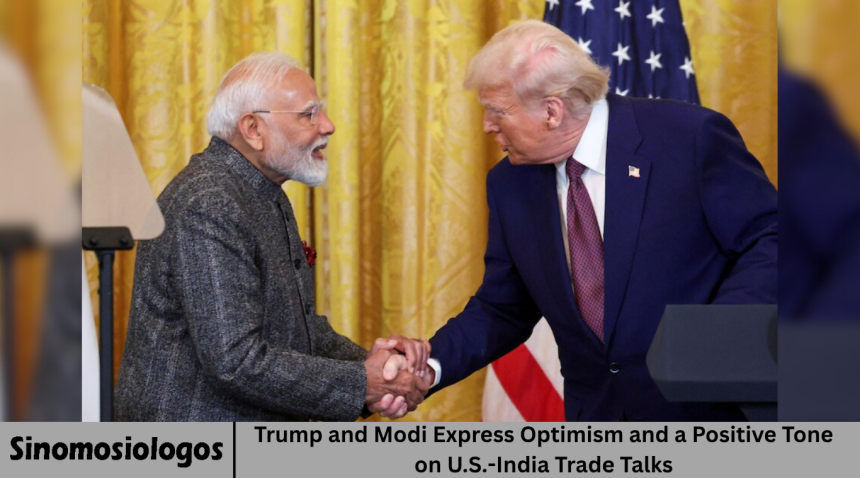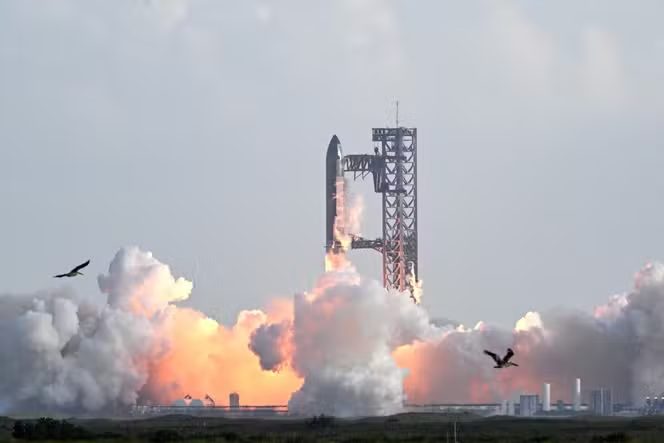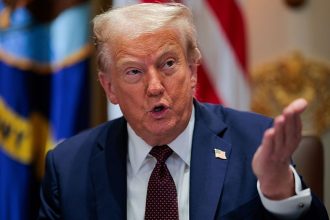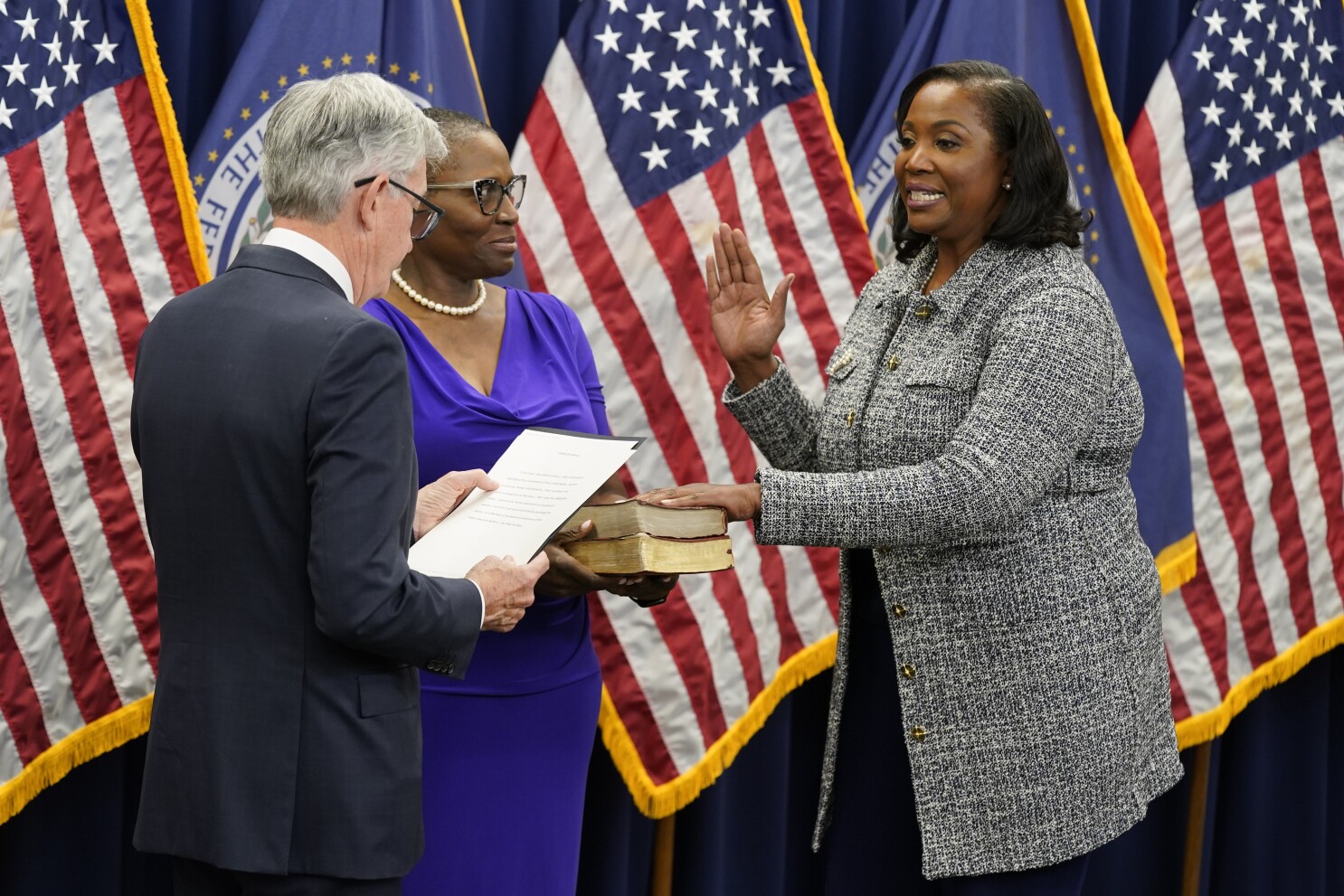Trade relations between the United States and India have long been an important part of the global economic landscape. Recently, former U.S. President Donald Trump and India’s Prime Minister Narendra Modi have expressed optimism about the ongoing trade talks between the two nations. Their positive and conciliatory tone signals a hopeful future for economic cooperation and stronger ties.
This article explores the background of U.S.-India trade relations, the current status of the trade talks, the significance of the leaders’ statements, and the potential impacts on both countries’ economies and global trade. It also discusses challenges and opportunities ahead, concluding with a look at what this means for the future of the partnership.
Background of U.S.-India Trade Relations
The United States and India have shared a complex trade relationship over the past several decades. India is one of the fastest-growing major economies in the world, and the U.S. is one of its largest trading partners. The two countries engage in the exchange of goods, services, technology, and investment.
Trade between the two nations covers a wide range of products, including machinery, pharmaceuticals, agricultural goods, and information technology services. Both countries have worked to remove trade barriers and improve cooperation, but disagreements have also arisen on issues like tariffs, market access, and intellectual property rights.
Trade talks between the U.S. and India have been ongoing for years, with varying levels of progress. Both governments have expressed interest in deepening economic ties while protecting their own industries and interests.
The Recent Trade Talks
In the past year, renewed efforts to strengthen trade relations have taken place. High-level discussions have focused on reducing tariffs, improving market access, and expanding cooperation in sectors such as energy, technology, and agriculture.
The positive statements by Donald Trump and Narendra Modi mark an important moment in these talks. Both leaders have emphasized the benefits of working together and expressed confidence in reaching agreements that will support growth and job creation in both countries.
The tone of these talks has shifted toward collaboration and mutual benefit, reflecting a shared desire to overcome past challenges and seize new opportunities.
What Trump and Modi Said
Donald Trump, known for his focus on “America First” policies, surprised many by expressing a conciliatory and hopeful tone regarding trade relations with India. He acknowledged India’s importance as a strategic partner and highlighted the potential for growth through cooperation.
Prime Minister Narendra Modi echoed this optimism, emphasizing India’s commitment to fair and balanced trade. Modi stated that the discussions are “progressing well” and that the two countries are “working together for mutual prosperity.”
Their public statements have helped create a positive atmosphere around the talks, encouraging business leaders and policymakers to support continued dialogue and cooperation.
Significance of the Leaders’ Optimism
The optimism shown by Trump and Modi is significant for several reasons:
It signals a willingness to compromise and find solutions to longstanding issues. It builds confidence among investors and businesses in both countries. It strengthens the strategic partnership between the U.S. and India, which extends beyond trade to areas like defense and technology. It encourages continued dialogue on complex topics such as tariffs, intellectual property, and digital trade.
Positive leadership messages can reduce uncertainty and create momentum for successful negotiations. In this case, both leaders’ words suggest a shared commitment to improving economic ties.
Potential Benefits of a Stronger U.S.-India Trade Agreement
A successful trade agreement between the U.S. and India could bring numerous benefits:
Increased trade volumes leading to economic growth in both countries. Greater market access for exporters, especially in key sectors like technology and agriculture. Enhanced cooperation on innovation, research, and development. Job creation in industries benefiting from expanded trade. Improved supply chain resilience through closer collaboration. Strengthened geopolitical ties contributing to regional stability.
Businesses on both sides stand to gain from reduced trade barriers, clearer rules, and expanded opportunities for investment.
Challenges Facing the Trade Talks
Despite the positive tone, several challenges remain:
Tariff disputes: India maintains tariffs on some American goods, and the U.S. has imposed tariffs on Indian products, causing friction. Market access: India seeks greater access to U.S. markets, particularly for agricultural goods, while the U.S. desires more openings in India’s services sector. Intellectual property rights: Protecting patents and copyrights is a sensitive issue, especially in pharmaceuticals and technology. Regulatory differences: Differences in standards and regulations can complicate trade. Domestic political pressures: Both leaders face pressures from domestic industries and interest groups that may resist certain trade concessions.
Addressing these challenges requires continued negotiation, compromise, and trust-building.
Role of Business and Industry Leaders
Business communities in both countries play a vital role in shaping trade relations. Industry leaders provide input on policies, advocate for fair trade rules, and invest in cross-border partnerships.
Many companies see the benefits of closer U.S.-India trade ties and support efforts to reduce barriers. They also recognize the importance of protecting intellectual property, ensuring fair competition, and fostering innovation.
The positive tone from Trump and Modi encourages the business community to stay engaged and work with governments toward mutually beneficial solutions.
Impact on Global Trade
The U.S. and India are two of the world’s largest economies. Their trade relationship affects global markets, supply chains, and economic trends.
Stronger cooperation between these countries could:
Influence trade policies in other regions. Set standards for digital and technology trade. Promote sustainable development and green energy collaboration. Contribute to a more balanced and resilient global economy.
Successful talks could serve as a model for other nations seeking to improve economic partnerships.
Future Outlook for U.S.-India Trade Relations
Looking ahead, the optimism expressed by Trump and Modi suggests a positive direction. However, successful outcomes will depend on:
Continued high-level engagement. Effective negotiation on contentious issues. Maintaining public and political support. Adapting to changing global economic conditions.
If these factors align, the U.S.-India trade relationship could strengthen significantly, benefiting both countries and contributing to global economic growth.
Frequently Asked Questions
What are the main goals of the U.S.-India trade talks?
The talks aim to reduce tariffs, improve market access, protect intellectual property, and expand cooperation in sectors like technology, agriculture, and energy.
Why are Trump and Modi optimistic about the trade talks?
Both leaders believe that collaboration can overcome past challenges and create mutual benefits for their countries’ economies and strategic partnerships.
What challenges do the U.S. and India face in these talks?
Challenges include tariff disputes, market access issues, intellectual property protection, regulatory differences, and domestic political pressures.
How could a strong trade agreement benefit both countries?
It could increase trade volumes, create jobs, promote innovation, improve supply chains, and strengthen geopolitical ties.
What impact could the U.S.-India trade relationship have on global trade?
Stronger U.S.-India trade ties could influence global trade policies, promote sustainable development, and contribute to a more resilient global economy.
Conclusion
The recent positive statements from Donald Trump and Narendra Modi highlight a hopeful phase in U.S.-India trade talks. Their optimistic tone reflects a shared interest in overcoming challenges and building a stronger economic partnership.
While difficulties remain, the willingness to cooperate and find common ground bodes well for future agreements. A successful trade deal could bring substantial benefits, from increased trade and job creation to deeper geopolitical ties.












